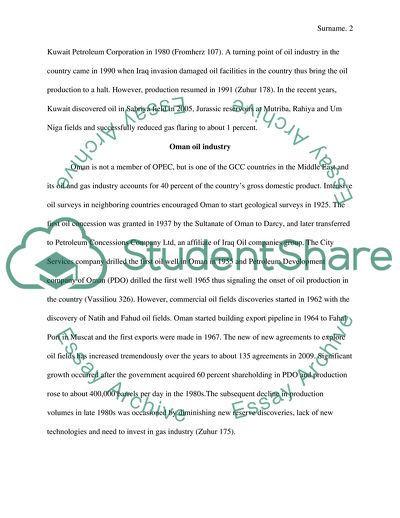Cite this document
(Comparison and Contrast of Oil Industry in GCC Countries Report Example | Topics and Well Written Essays - 3250 words, n.d.)
Comparison and Contrast of Oil Industry in GCC Countries Report Example | Topics and Well Written Essays - 3250 words. https://studentshare.org/macro-microeconomics/1818761-gcc
Comparison and Contrast of Oil Industry in GCC Countries Report Example | Topics and Well Written Essays - 3250 words. https://studentshare.org/macro-microeconomics/1818761-gcc
(Comparison and Contrast of Oil Industry in GCC Countries Report Example | Topics and Well Written Essays - 3250 Words)
Comparison and Contrast of Oil Industry in GCC Countries Report Example | Topics and Well Written Essays - 3250 Words. https://studentshare.org/macro-microeconomics/1818761-gcc.
Comparison and Contrast of Oil Industry in GCC Countries Report Example | Topics and Well Written Essays - 3250 Words. https://studentshare.org/macro-microeconomics/1818761-gcc.
“Comparison and Contrast of Oil Industry in GCC Countries Report Example | Topics and Well Written Essays - 3250 Words”. https://studentshare.org/macro-microeconomics/1818761-gcc.


